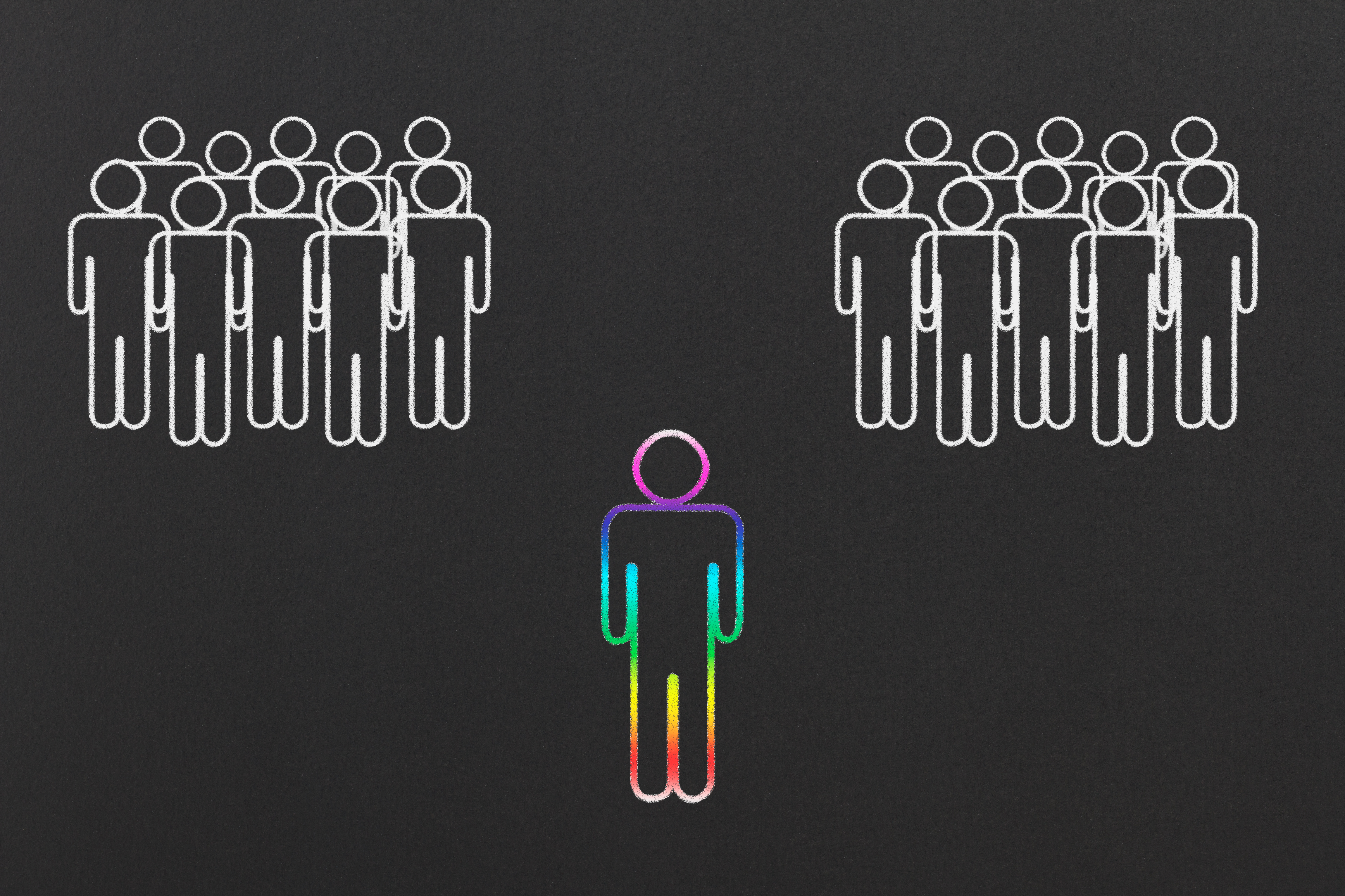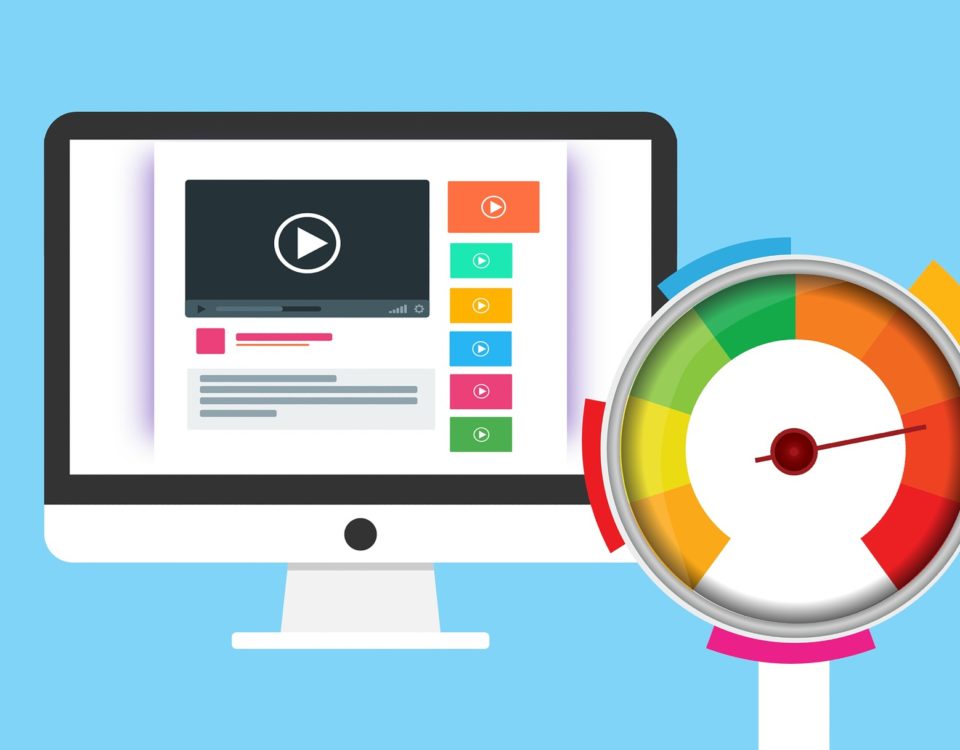
Differentiation: Stand out in the Cloud
November 4, 2015Agile Versus Waterfall: Which Method for Building Cloud Solutions?
September 19, 2016Prospects today are coming to sales discussions more informed than they ever have been. They have access to endless amounts of product information, comparison data and marketing content, as much or more than your sales professionals, and are spending a lot more time researching your solutions before they raise their hand to ask a question or show interest.
The good news is, 9 times out of 10 they have already validated that your solution fundamentally works over the marketplace. However, those businesses that don’t adapt their sales process to align with the new customer controlled buying cycle will fall behind.
Realign with Buyer Behaviour
So how do you readjust your sales model to get in sync with this new buying behavior? You want to do your best work at the beginning. It’s about finding the FIT early in the process, and then helping your prospect gain comfort with your ability to help them achieve results. (link tag: Finding the fit in the sales process)
Moving Away from Solution Selling
Start by thinking about how you can focus on certain industry sectors and bring repeatable solutions to market. Solution selling was based on the belief that the prospect knows what they’re looking for. This leaves your sales team to uncover a vision of a future and build a solution that only you can provide. We need to embrace the shifting needs of the new buyer rather than trying to force them through an outdated model.
We have moved away from the customer knowing what they need and have moved into a world where the sales process starts with understanding specific issues within the industry and producing packaged solutions instead. We are moving away from solution selling and moving into prescription selling.
Utilizing the Prescriptive Selling Approach in your Sales Process
We have found time and time again that the most successful partners are those building solutions that can be deployed repeatedly without customizing the software to a specific industry. This prescriptive selling approach has really built the accelerated sales process around what has been deployed globally throughout the Microsoft ecosystem. In a perfect world these systems can be facilitated by a sales professional who delivers the entire selling process remotely. With this approach comes a low cost of sale and a high impact – thats what we want our prospects to experience today.
The Accelerated Sales Process in 3 Easy Steps
Step 1: The Qualified Phase
Deals are going to be won at the beginning. As humans, we make emotional choices. We make them early and we rationalize them with logic as we go through the buying cycle. In today’s sales process, we need to know about the prospect and what they are looking for. Researching what challenges the organization is most likely experiencing, and having answers ready for those critical questions before they are even asked.
The first conversation with the project lead should demonstrate the best technology you have to solve their industry problems. Having this information ready before they ask is key to delivering value in the first conversation of the sales process.
Once you’ve demonstrated your business value to the project lead, now there is the conversation with the business decision maker. You will want to facilitate that call radically different than the call with the project lead. Here’s why:
The project lead is very much a how person; they speak the business process language. Their counterpart, the business decision maker, is very much a why person. They speak the language of money and risk.
Step 2: The Proof Phase
In today’s market, prospects are going to look into two different forms of proof; the traditional discovery demonstration of your product, or they’re going to look to use an introductory trial as a form of proof.
Generally, you will want to provide both as most of the marketplace will supply these two options. Another reason you will want to provide the product demonstration and the product trial during the proof phase in the sales process is that proof of concept for small checklist items may be a requirement for most final purchasing decisions.
Step 3: The Close Phase
The majority of sales professionals in Microsoft ecosystems still use the less effective method of emailing proposals to their prospects. The final stage of the sales process should be to deliver the proposal presentation remotely via a webcast/teleconference. By conducting the presentation remotely, you are able to reiterate to the business decision maker and the project leader exactly why they need to move forward with you as a partner.
Think of the sales advantages you would have answering questions about your proposal directly or going into detail in an area they are particularly interested in. This is where you convince them, virtually face to face, that your product is the best match for their business.
Increase Sales & Decrease Costs with Accelerated Sales
Utilizing this 3 step accelerated sales process is optimal for organizations that are going to be targeting certain industries, sectors or workloads with pre-packaged solutions. By moving away from solution selling, focusing on prescription selling and facilitating the majority of the sales cycle remotely, you will see sales increase and costs decrease



